magine a world where humanoid robots walk beside us—working, teaching, healing, and even protecting. According to a groundbreaking report by Morgan Stanley, this future might be less than a decade away. The report suggests that by 2050, there could be over one billion humanoid robots coexisting with humans globally.
While this may sound like science fiction, the technological and economic drivers make this scenario entirely plausible. From advancements in AI and robotics to rising demand in healthcare and elder care, the era of human-like robots is not just near—it’s arriving.
Why Humanoid Robots?
Unlike industrial robots built for specific tasks, humanoid robots are designed to interact with human environments. Their physical form enables them to operate in places built for people, making them suitable for roles in healthcare, education, personal care, and customer service.
Key Reasons for Their Rise:
- Aging Population: In countries like Japan and Italy, declining birth rates and increasing life expectancy demand innovative caregiving solutions.
- Labour Shortages: Especially in the agriculture, manufacturing, and healthcare sectors.
- Pandemic Aftermath: COVID-19 revealed how vital contactless service and remote care technologies could be.
Technological Progress Fueling the Shift
- AI Advancements
- Natural language processing (like GPT models)
- Vision and gesture recognition
- Predictive behavioral modeling
- Hardware Evolution
- More efficient actuators and motors
- Battery life improvements
- Lighter, flexible materials for realistic movements
- Cost Reduction
- With economies of scale and modular designs, humanoid robots are becoming affordable for businesses and even individuals.
Where Will Robots Work First?
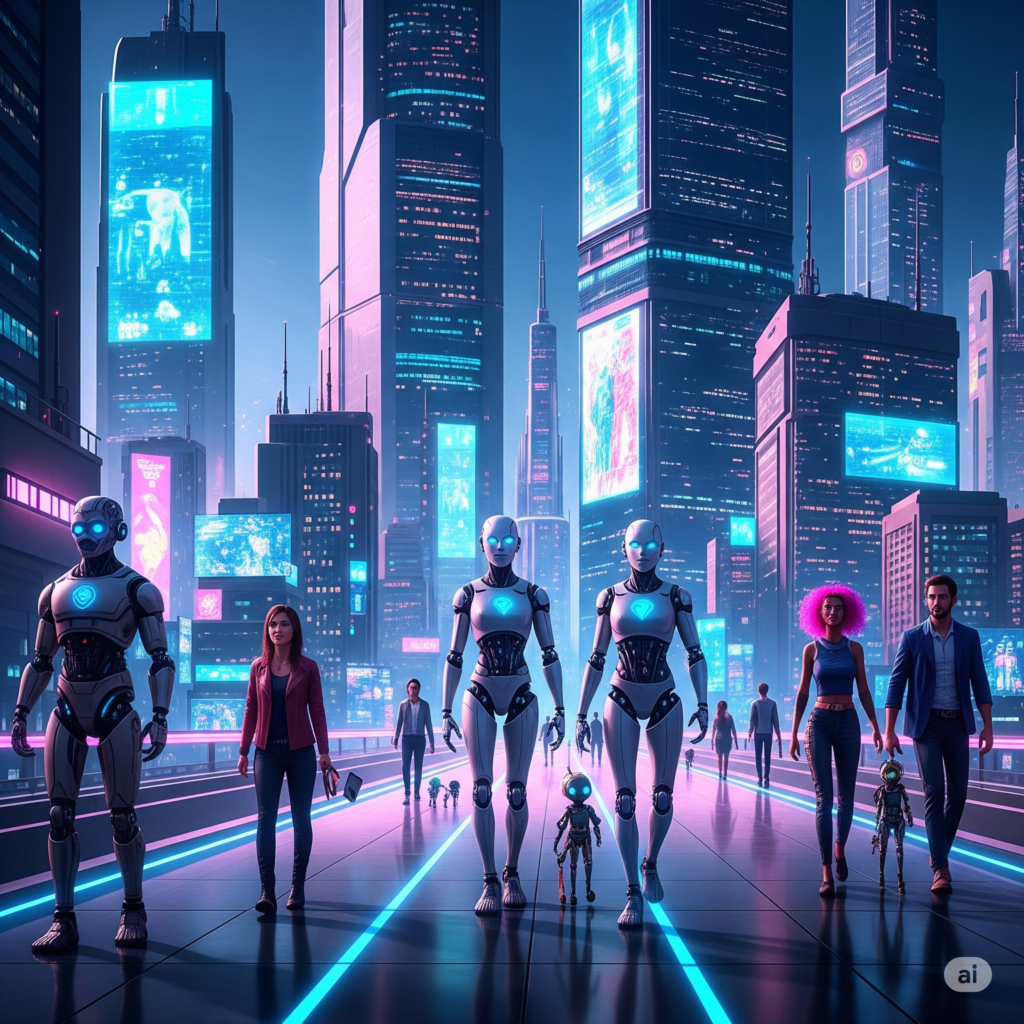
1. Healthcare & Elder Care
- Administering medication
- Assisting in mobility
- Monitoring health metrics and alerting caregivers
2. Education
- Assisting special needs children
- Teaching in remote areas
- Language translation and tutoring
3. Public Service & Security
- Patrolling streets
- Managing traffic
- Providing customer service at government facilities
4. Households
- Cleaning and cooking support
- Companionship for elderly or socially isolated individuals
The Economic Angle: Trillions at Stake
Morgan Stanley estimates that the humanoid robot market could reach $38 billion by 2035, with exponential growth thereafter. The primary revenue sources will be:
- Manufacturing & Hardware
- Software Subscriptions (AI upgrades, cloud integration)
- Robotics-as-a-Service business models
This market is also expected to create millions of high-skill jobs, especially in AI training, ethics, software development, and maintenance.
Ethical and Social Considerations
With rapid growth come valid concerns:
- Job Displacement: Will robots replace low-skill jobs?
- Surveillance and Privacy: Robots in homes and public places will collect data.
- Emotional Dependency: Could children or elderly individuals form unhealthy attachments to AI companions?
- Bias and Safety: AI systems can inherit human biases and make flawed decisions.
Hence, countries must draft strong policies and frameworks around responsible AI, privacy laws, and robot rights.
What This Means for India
India, with its tech-savvy youth, booming startup ecosystem, and manufacturing focus, stands to be a key player in this global transformation. From developing cost-effective robot prototypes to integrating humanoid robots in sectors like education and agriculture, Indian innovators could lead the way.
Already, Indian startups like Asimov Robotics, CynoTech, and Invento are creating robots for tasks ranging from hospital help to school teaching assistants.
Will We Be Ready?
In less than 10 years, humanoid robots might become as common as smartphones. The question is: are we preparing our societies, schools, and policies for this shift?
The future is approaching fast, and while robots may not replace human empathy or connection, they will augment human capabilities in unimaginable ways.
Whether we welcome them with open arms or cautious regulation, one thing is certain:
The humanoid age is coming. And it starts now.
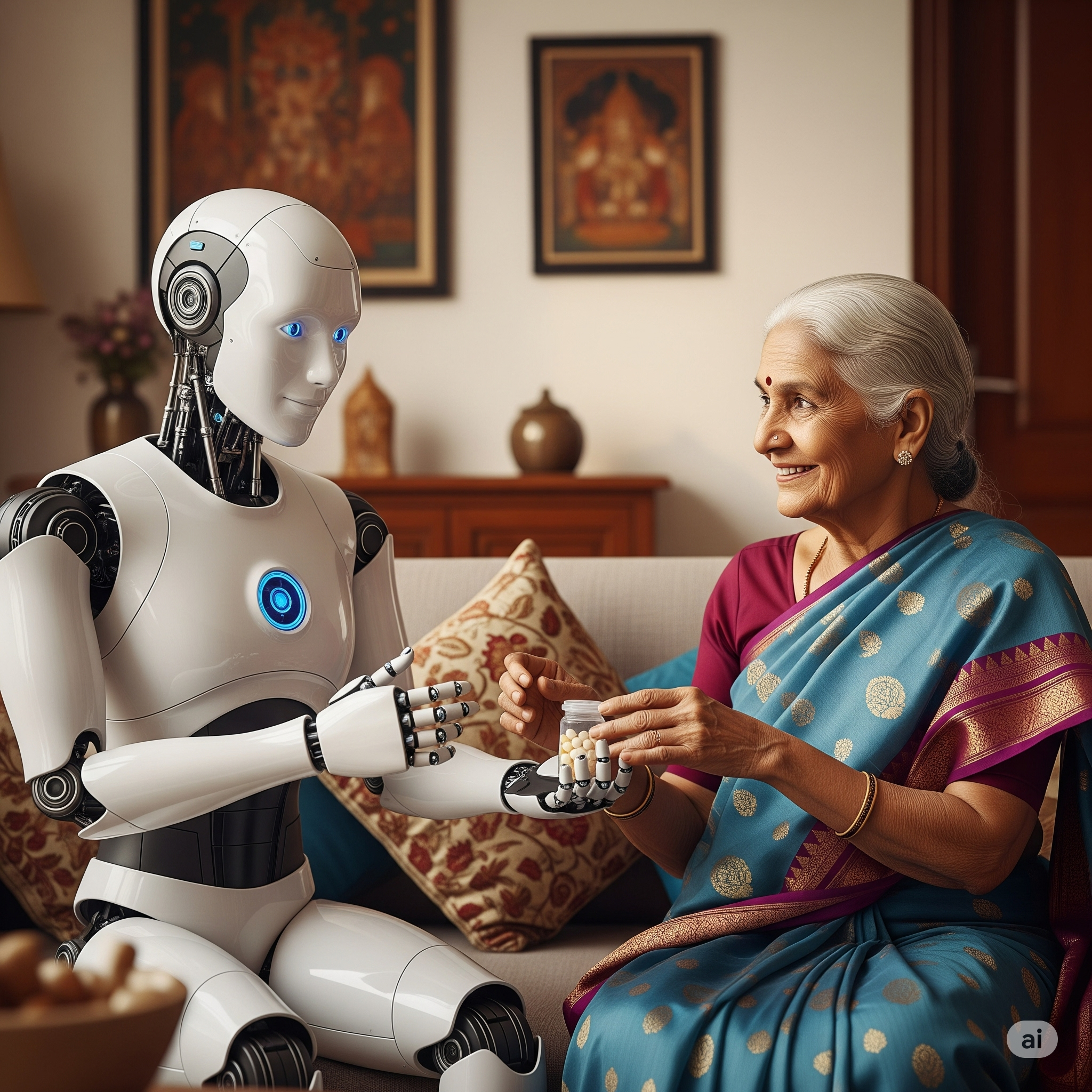
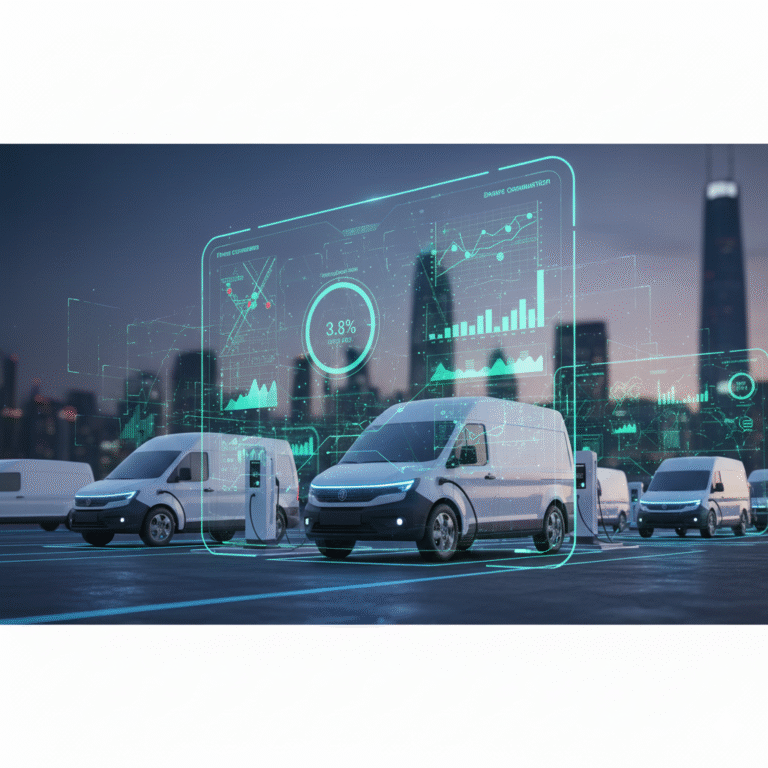
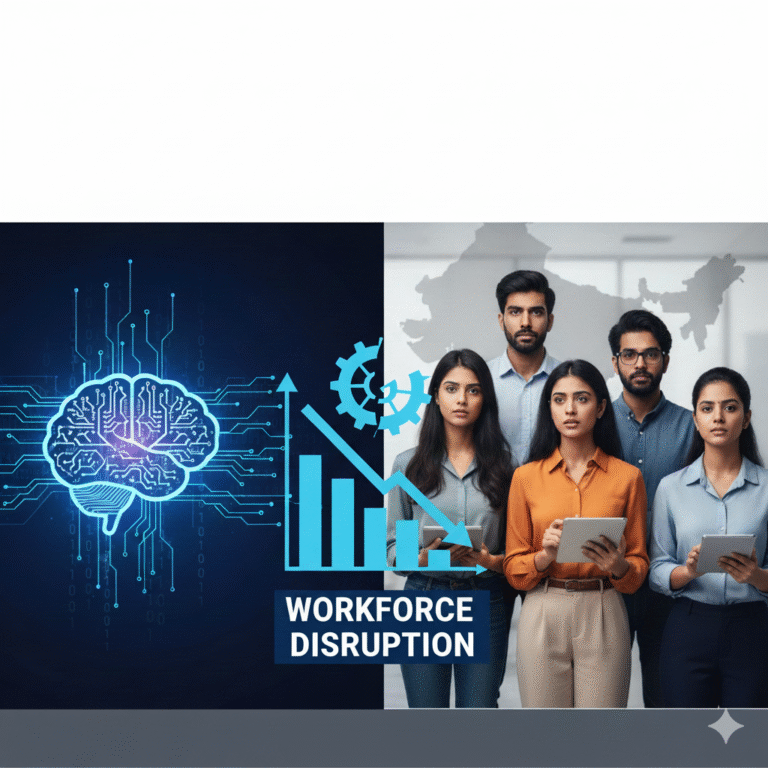


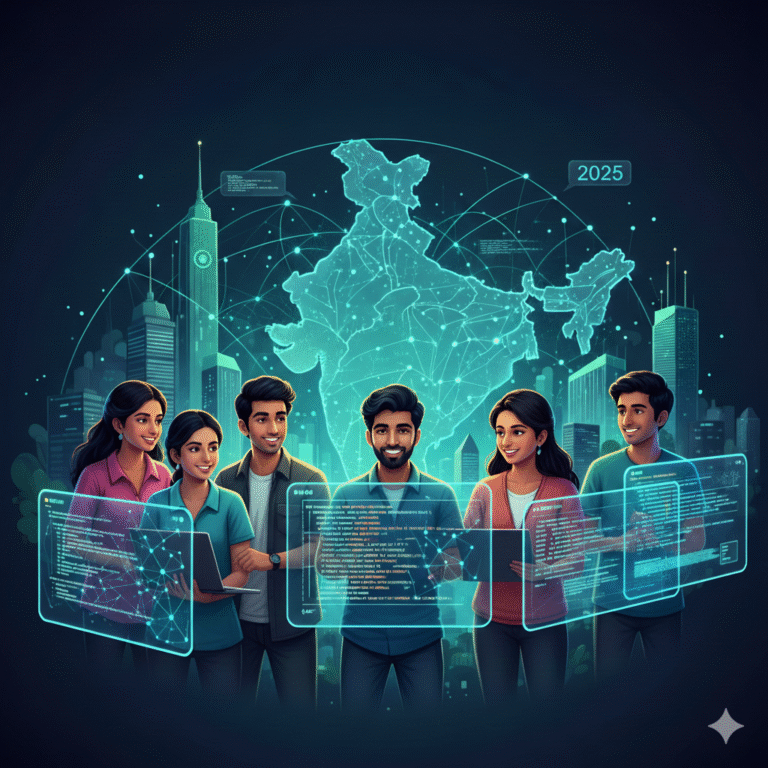



+ There are no comments
Add yours